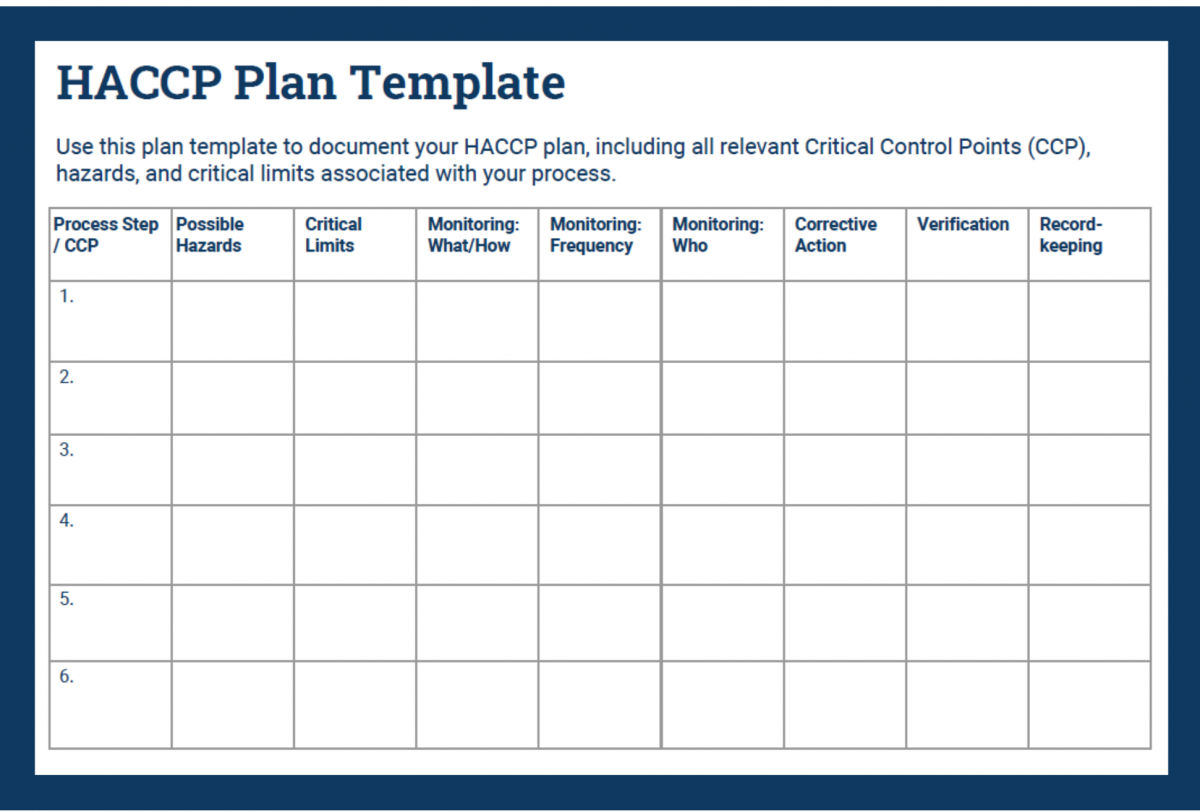
For some companies, HACCP is a legal requirement. For others, it’s a voluntary best practice. Whatever your situation, you can streamline your procedures with the use of HACCP checklists.
During your HACCP planning phase, you identified critical control points (CCPs) that must be held to critical limits. To monitor food safety (and document monitoring-related activities), production staff rely on logs and checklists to maintain consistency.
Every organization has certain monitoring procedures outlined in their HACCP plan. The following logs are popular with companies with a HACCP system, but you may need to source or create the checklist templates that apply to your system.
When a deviation occurs, your team must record it, communicate it, and initiate the corrective procedures you’ve outlined in your plan. Use this log to document all activities related to a critical limit breach.
For processes requiring cooking and/or reheating, use a temperature log to ensure your product stays within critical limits.
Use a temperature log to ensure your refrigeration and freezing accommodations are adequate and working correctly. This log can also be used to monitor food temperature outside of refrigeration/freezing during dock transfer.
To ensure your food temperature logs are accurate, calibrate your thermometers regularly. Use the following log to monitor the effectiveness of your thermometers.
Your team will periodically review your HACCP plan to ensure it’s as effective as possible. If you are under FDA jurisdiction, you must review your plan at least once every three years.
Use the following checklist to evaluate the strength, compliance, and efficiency of your HACCP plan:
If you need to work through the process of identifying CCPs, setting critical limits, or other activities related to your HACCP Plan, use this template.

Work through your production process step by step to complete your plan. Then use the above logs and checklists to implement your plan.
HACCP checklists streamline the application and management process and provide information available at a glance. While paper checklists do work, you may find it simpler to run a digital process, which frees up both time and money for other value-adding processes.
To get you started, the checklists in this article are available Google Sheets (Excel Template), Google Docs (Word Template), and PDF. But you may find a digital management software is best suited to the task of capturing and organizing your HACCP data.